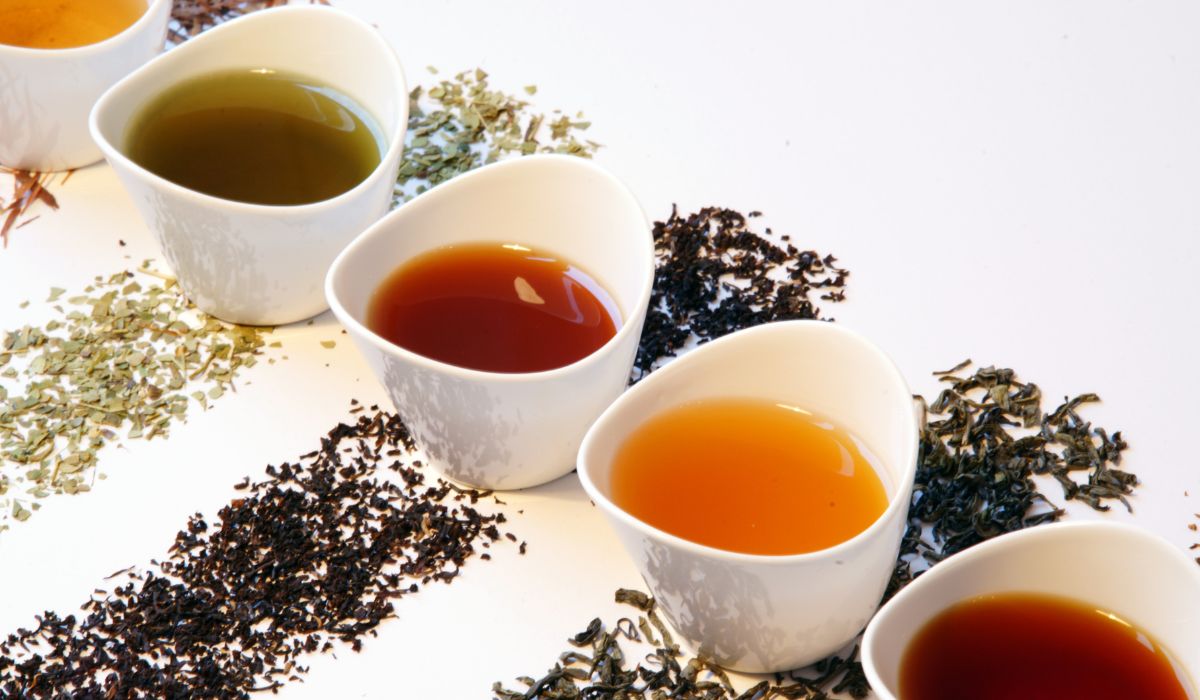
Your 2024 Guide to the Best Loose Leaf Green Teas
Posted on February 28 2024,
Introduction to the Best Loose Leaf Green Tea
When it comes to enjoying a cup of tea, the quality of the leaf matters as much as the ritual of brewing it. Among the scores of tea varieties, green tea holds a special place for its delicate flavors, health benefits, and the artistry behind its production. This guide will take you through the world of best loose leaf green tea, exploring not just the flavors but the culture, health benefits, and the nuances that make each leaf unique.
💡Did you know that green tea has been consumed for thousands of years and was originally used as a medicinal drink in ancient China?
Main Types of Tea (Overview)
Tea can be broadly categorized into several types based on the processing of the leaves of the Camellia sinensis plant. While black tea, oolong tea, and white tea have unique charm and benefits, green tea and herbal tea are often celebrated for their health-promoting properties.
Green Tea: Known for its fresh, delicate flavor, green tea undergoes minimal oxidation during processing. This preserves its green color and antioxidant-rich profile, making it a favorite among tea enthusiasts.
Black Tea: More oxidized than green tea, black tea offers a robust flavor and higher caffeine content. It's enjoyed hot and as iced tea, making it versatile for any season.
Oolong Tea: Oolong tea is partially oxidized, offering a complexity of flavor that falls somewhere between green and black tea. Its unique processing results in diverse flavors, from sweet and floral to rich and toasty.
White Tea: The least processed of all teas, white tea is prized for its subtlety, natural sweetness, and elegance. Its gentle flavors make it a sophisticated choice for tea lovers.
Herbal Tea: Though not made from the Camellia sinensis plant, herbal teas (like yerba mate and Moroccan mint) offer a caffeine-free alternative with various health benefits.
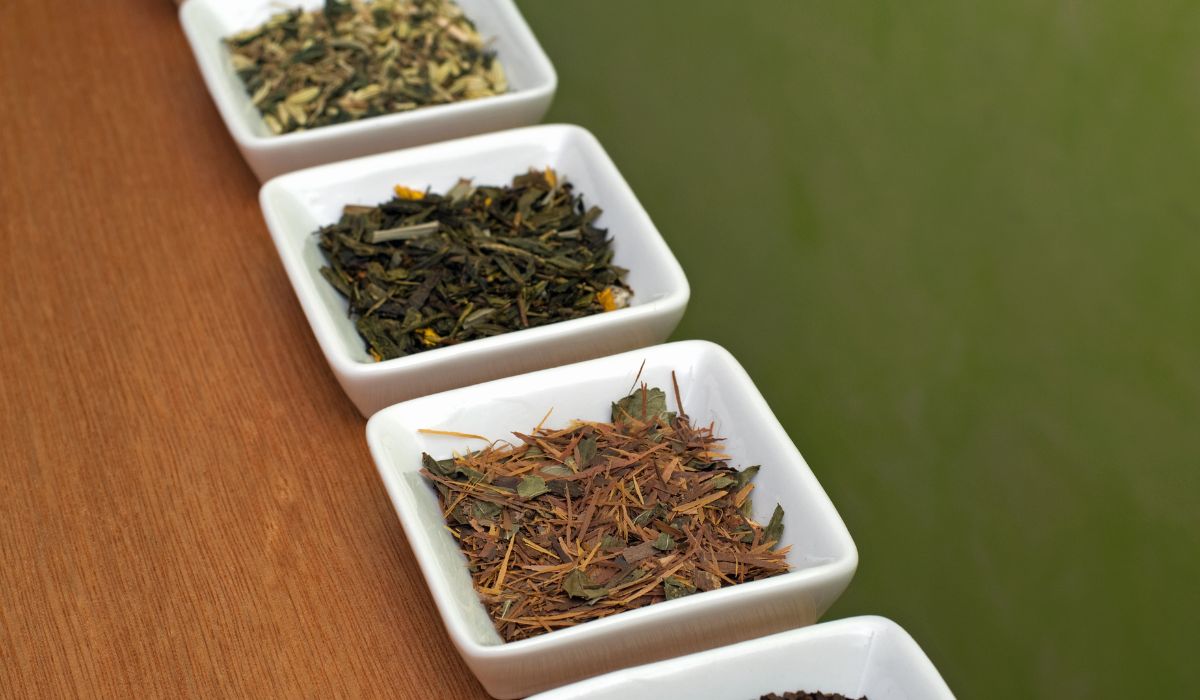
💡Oolong tea's unique flavor results from a special process that involves sun drying and oxidation before curling and twisting the leaves.
The World of Green Tea
The world of green tea is vast, with each variety offering a unique taste profile and set of benefits. From the grassy, sweet notes of Sencha to the nutty depths of Dragon Well tea, green tea varieties are as diverse as the regions they come from.
-
Japanese Green Teas: Japan is renowned for its green teas, with Sencha being the most popular. However, for those seeking the pinnacle of flavor and quality, Gyokuro stands out. Gyokuro is shaded before harvesting, which increases its chlorophyll content and gives it a rich, umami flavor.
-
Chinese Green Teas: China produces a wide range of green teas, including Chun Mee, known for its plum-like sweetness and smooth finish. Dragon Well (Longjing) tea, with its distinctive flat leaves and jade color, offers a mellow, sweet flavor that is highly sought after.
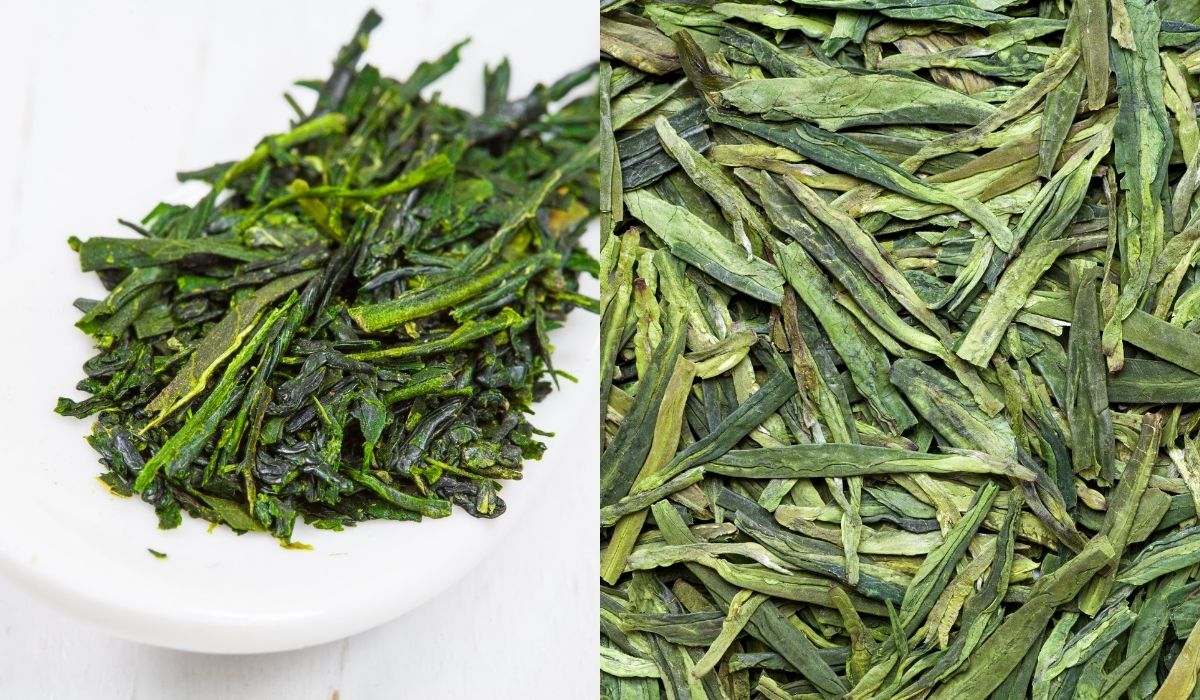
Organic Green Tea: Opting for organic tea means choosing leaves grown without industrial chemicals, ensuring a pure, natural cup. Organic green tea supports a healthy lifestyle and promotes sustainable farming practices.
Premium Loose Leaf Green Teas: The term "premium" is often associated with handpicked teas during the optimal harvest season, ensuring the highest quality and flavor. These teas, including rare and single-origin varieties, offer a full-bodied cup that is both a luxury and a sensory experience.
💡Gyokuro tea is shaded for about three weeks before harvesting, contributing to its unique flavor and higher caffeine content than other green teas.
Health Benefits of Green Tea
Green tea is not just a beverage; it's a rich source of antioxidants and compounds that profoundly affect your health. Here's how incorporating green tea into your daily routine can benefit you:
- Weight Loss: Green tea has been shown to boost metabolic rate and increase fat burning in the short term, making it a valuable ally in weight management.
- Immune System Boost: The antioxidants in green tea, particularly vitamin C and ascorbic acid, can help strengthen your immune system, making you better equipped to fight illnesses.
- Brain Function: Regular consumption of green tea may enhance brain function, improving memory, cognitive performance, and even mood.
- Blood Sugar Regulation: Green tea can help regulate glucose levels, reducing the risk of insulin spikes and diabetes.
- Good Health and Healthy Lifestyle: Beyond these specific benefits, green tea supports a healthy lifestyle, contributing to heart health, reducing the risk of cancer, and promoting longevity.
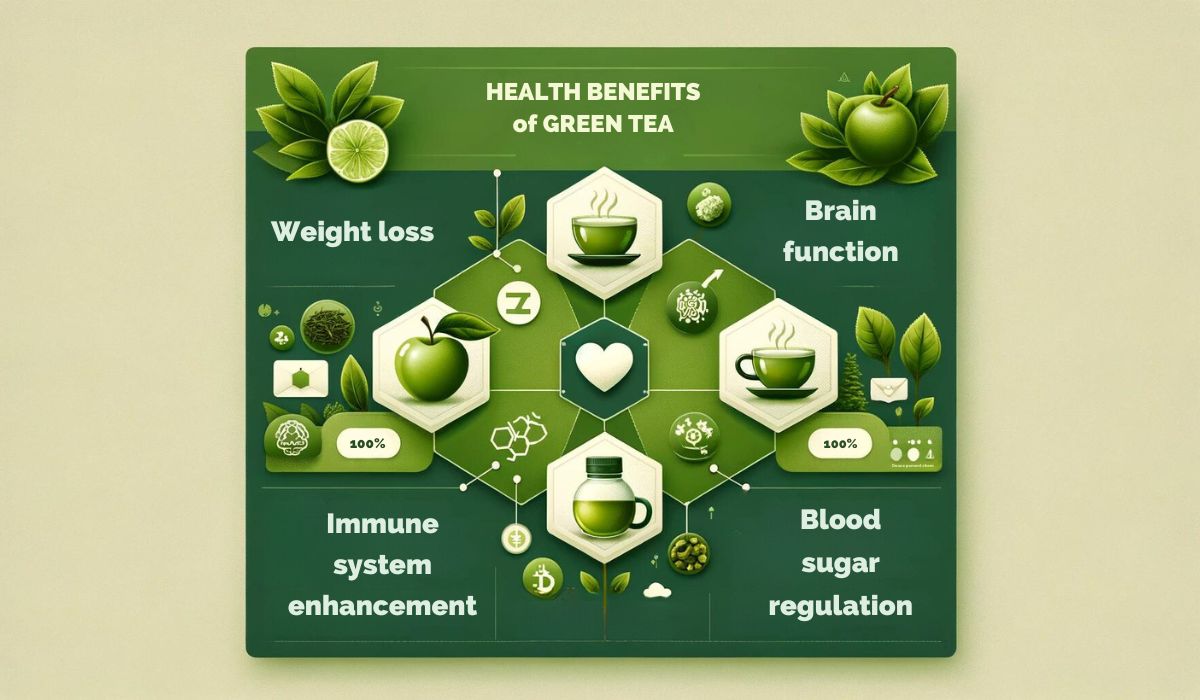
💡Did you know that green tea contains a catechin called EGCG (Epigallocatechin Gallate), known for its cancer-fighting properties?
Brewing the Perfect Cup
The art of brewing green tea is as important as the leaf itself. Here's how to ensure you get the most out of your loose leaf green tea:
- Loose Leaf vs. Tea Bags: Opting for loose leaf tea over standard tea bags can significantly enhance your tea-drinking experience. Loose leaves allow for a fuller expansion during steeping, resulting in a more complex and nuanced flavor.
- Water Temperature and Brewing Time: The ideal water temperature for green tea is between 150°F and 180°F. Boiling water can scorch the leaves, leading to a bitter taste. Steeping time should be between 2 to 3 minutes for the perfect balance of flavor.
- Tea Accessories: A French press or a dedicated tea steep allows for better water circulation around the leaves, extracting maximum flavor. Water quality can also impact the taste, so filtered or spring water is recommended.

💡The term "steeping" is the process of soaking tea leaves in water to extract their flavors and nutrients, a crucial step in brewing tea.
Tea Culture and Consumption
Tea is more than a drink; it's a cultural experience that varies greatly from one region to another. Here's a glimpse into the tea culture and how it shapes our consumption:
- Tea Enthusiasts and Tea Lovers: For many, tea is a passion. Communities and forums dedicated to tea allow enthusiasts to share their love for rare teas, brewing techniques, and the latest tea accessories.
- Tea-Drinking Experience: The experience of drinking tea can be deeply personal. Some prefer the soothing warmth of hot teas, while others enjoy the refreshing briskness of iced tea. The time of day, the mood, and even the weather can influence one's choice.
- Tea Gifts and Samplers: Tea makes for a thoughtful gift, offering a taste of different cultures and flavors. Tea samplers are especially popular during the holiday season, providing a curated experience of premium and rare teas.
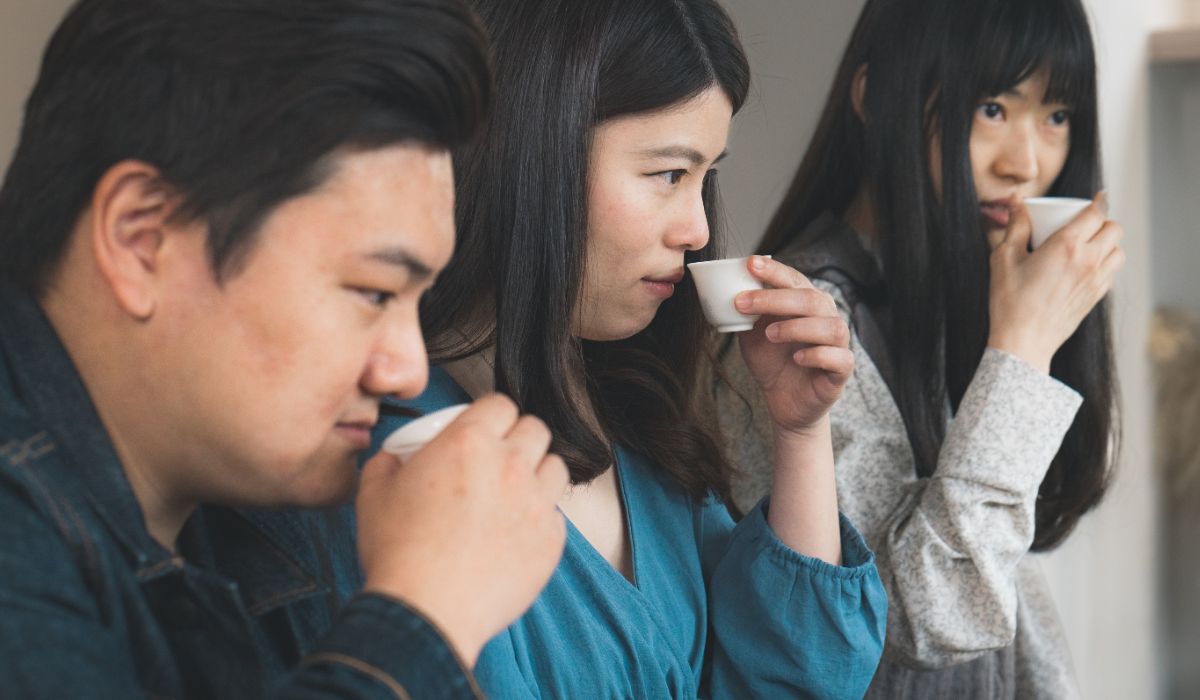
💡In Japan, the traditional tea ceremony, known as Chanoyu, or Sado, is a choreographed ritual of preparing and serving Japanese green tea, specifically matcha, focusing on aesthetics and harmony.
Purchasing and Sustainability
When buying the best loose leaf green tea, knowing where and how your tea is sourced can make all the difference in quality and impact.
-
Fair Trade and Organic Certifications: Look for certified organic and fair trade teas. These labels ensure your tea is grown without harmful pesticides and chemicals and guarantee that the farmers and workers involved are treated and compensated fairly. This commitment to ethical practices contributes to a healthier planet and a more sustainable tea industry.
-
Free Shipping and Customer Ratings: Many reputable tea suppliers offer free shipping on their products, making exploring a diverse inventory of loose teas easier and more affordable. Additionally, paying attention to customer ratings and reviews can guide you toward the best teas, as rated by fellow tea lovers. This feedback can be invaluable in finding teas with exceptional quality and flavor.
-
Diverse Inventory of Loose Teas: A good tea supplier will offer a wide range of teas, from classic favorites to rare and unique varieties. This diversity allows tea enthusiasts to explore new flavors and find teas that suit their preferences. Whether you're looking for the grassy notes of a Sencha, the sweet aroma of a Dragon Well, or the rich umami of Gyokuro, a diverse inventory ensures you'll find the perfect tea for any occasion.
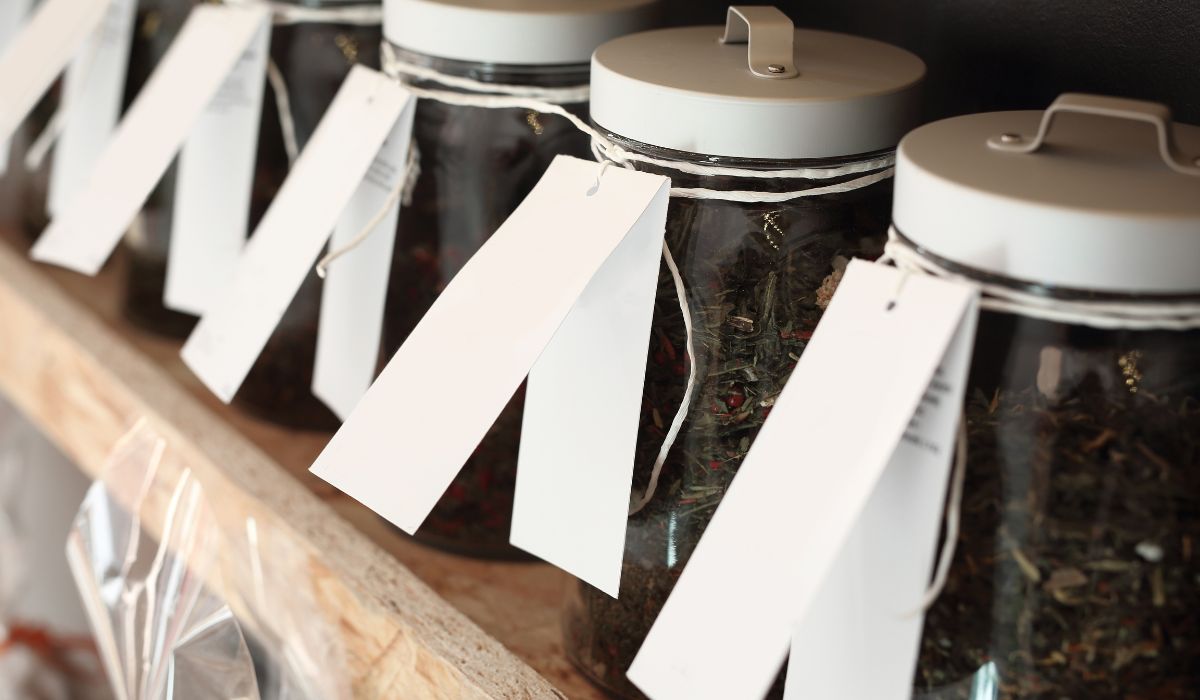
💡Fair Trade certification supports sustainable farming practices and invests in community development, ensuring that tea farmers can build a better future for themselves and their families.
Conclusion: Embracing the World of Green Tea
As we wrap up our exploration of the best loose leaf green tea, we recognize the depth and diversity this ancient beverage offers. From its health benefits and cultural significance to the artistry behind each variety, green tea stands out as a beverage of choice for many around the globe. Among the finest teas is organic Uji matcha, a product that embodies the pinnacle of green tea quality and tradition.
Organic Uji Matcha: Grown in the revered tea fields of Uji, Japan, this matcha is not just a tea; it's a cultural heritage. The meticulous care in cultivation and processing, adhering to strict organic standards, ensures that each cup offers the rich, smooth, and umami-packed flavor that matcha is famous for. By choosing organic Uji matcha, you're indulging in a premium tea experience and supporting sustainable agriculture and ethical farming practices.
Whether you're a seasoned tea enthusiast or a newcomer eager to explore, integrating organic Uji matcha into your routine is a step toward a healthier, more mindful lifestyle. Its versatility, whether traditionally whisked in a bowl or as an ingredient in lattes and smoothies, makes it a perfect ambassador for green tea.
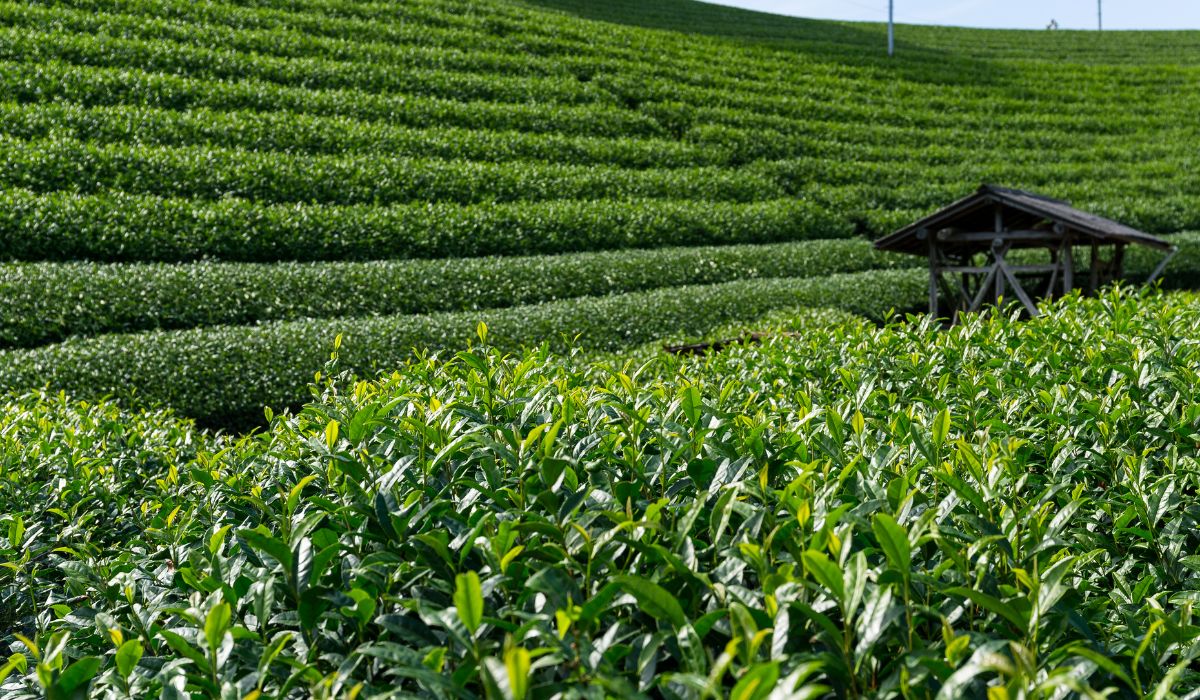
💡Uji, a region in Kyoto, Japan, is renowned for producing the highest quality matcha thanks to its optimal climate, rich soil, and centuries-old tea cultivation techniques.

